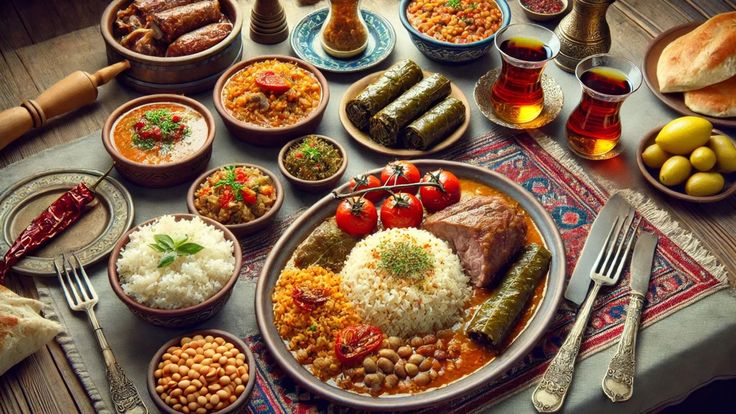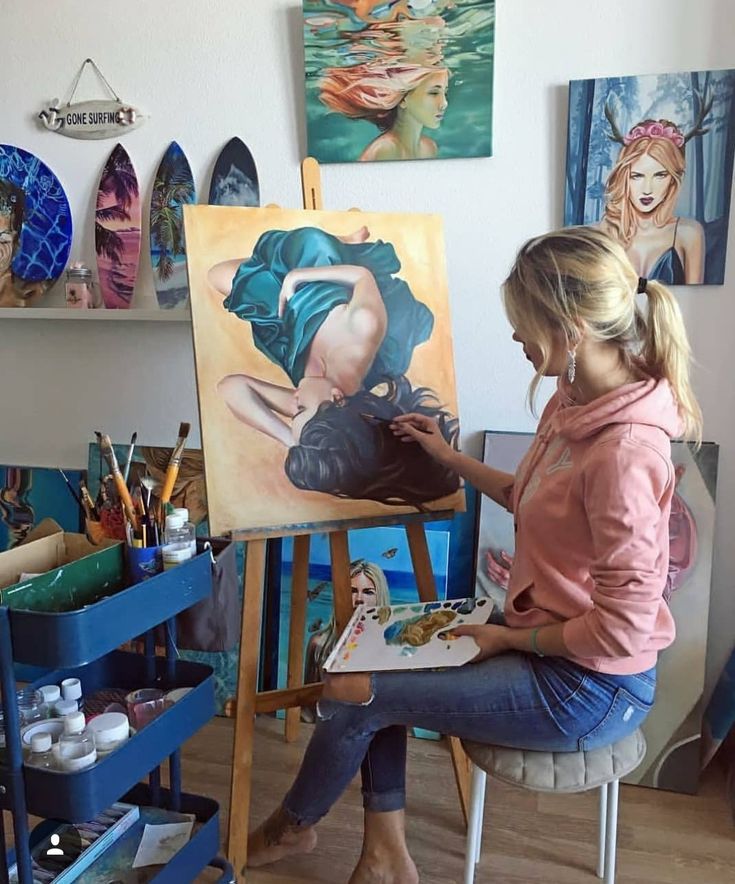Çeciir holds a unique place in Turkish culture, embodying centuries of tradition, craftsmanship, and artistic expression. This article delves into the origins, significance, and evolution of çeciir, providing a comprehensive understanding of its role in Turkish history and contemporary life.
Origins of Çeciir

Historical Roots
Çeciir can trace its roots back to ancient Anatolian civilizations, where early artisans developed intricate crafts as a form of both utility and artistic expression. Over centuries, these practices evolved, absorbing influences from neighboring cultures, including the Byzantines, Persians, and Ottomans.
Cultural Significance
Originally, çeciir was not just a craft but a symbol of identity and pride. It was used in daily life, ceremonial occasions, and as a means of storytelling. Artisans infused their works with regional motifs, making each piece a reflection of local culture and values.
The Art of Çeciir
Materials and Techniques
Creating çeciir involves a meticulous process that requires a deep understanding of materials and techniques. Artisans often use natural resources such as:
- Wood: Carefully selected and seasoned for durability.
- Metal: Brass, copper, and silver for intricate detailing.
- Textiles: Handwoven fabrics dyed with natural colors.
The process includes designing, carving, painting, and polishing, each step reflecting the artisan’s skill and creativity.
Design Elements
Traditional çeciir designs are rich in symbolism. Common motifs include:
- Floral Patterns: Representing nature and harmony.
- Geometric Shapes: Symbolizing balance and eternity.
- Calligraphy: Featuring verses or phrases that add a spiritual dimension.
Regional Variations
Anatolian Styles
Different regions in Turkey have developed their own styles of çeciir, each with unique characteristics. For instance:
- Central Anatolia: Known for its vibrant colors and bold patterns.
- Aegean Region: Features delicate and refined motifs.
- Eastern Anatolia: Emphasizes geometric designs and earthy tones.
Modern Interpretations
In recent years, contemporary artists have reimagined çeciir by blending traditional techniques with modern aesthetics. These innovations have helped çecir gain international recognition.
The Role of Çeciir in Modern Turkish Society
Cultural Heritage
Çeciir remains a vital part of Turkey’s cultural heritage. It is celebrated in festivals, exhibitions, and workshops, ensuring its preservation for future generations.
Economic Impact
The craft has also become a significant contributor to the local economy. Many artisans sell their creations in markets and online, attracting both domestic and international buyers.
Tourism and Global Appeal
As Turkey continues to be a popular tourist destination, çecir serves as a charming souvenir that offers visitors a piece of Turkish culture. Its growing global appeal has also made it a favored item in international art markets.
Challenges and Preservation Efforts
Threats to the Tradition
Despite its rich history, çecir faces challenges such as:
- Industrialization: Mass production undermines traditional craftsmanship.
- Declining Interest: Younger generations are less inclined to learn the craft.
- Economic Pressures: Artisans often struggle to compete with cheaper alternatives.
Preservation Initiatives
Efforts to preserve çecir include:
- Educational Programs: Workshops and classes aimed at teaching the craft.
- Government Support: Grants and subsidies for artisans.
- Cultural Organizations: NGOs and community groups promoting çecir through exhibitions and events.
How to Appreciate and Support Çecir
Buying Authentic Pieces
When purchasing çecir, consider the following:
- Verify Authenticity: Ensure the piece is handmade and reflects traditional techniques.
- Support Local Artisans: Buy directly from craftspeople or trusted sellers.
Participating in Workshops
Many artisans and cultural centers offer workshops where participants can learn the basics of çecir. These hands-on experiences provide a deeper appreciation of the craft.
Spreading Awareness
Sharing knowledge about çecir through social media, blogs, and word of mouth can help preserve its legacy.
FAQs About Çeciir
What is çecir?
Çeciir is a traditional Turkish craft that involves creating intricate designs using materials like wood, metal, and textiles. It holds cultural and historical significance in Turkey.
Where can I find authentic çecir pieces?
Authentic çeciir pieces can be found in Turkish bazaars, artisan shops, and online platforms specializing in traditional crafts.
How can I learn the art of çecir?
Many cultural centers and artisans in Turkey offer workshops and classes where you can learn the basics of çeciir.
Is çeciir still relevant today?
Yes, çecir remains relevant as both a cultural tradition and a contemporary art form. It is celebrated in exhibitions and is a popular choice among collectors and tourists.
How can I support çecir artisans?
You can support artisans by purchasing authentic çecir products, participating in workshops, and promoting awareness of the craft.










